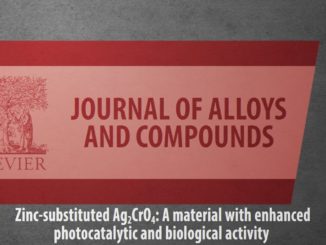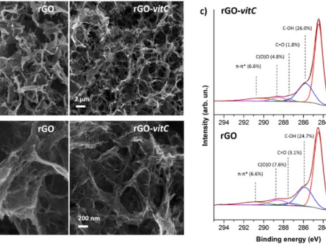
Disclosing the Structural, Electronic, Magnetic, and Morphological Properties of CuMnO2: A Unified Experimental and Theoretical Approach
Abstract: Precise control of the overall performance for solid-state materials is associated with morphological modulations which provide an alternative way to the rational design based on understanding the corresponding electronic structures of the exposed surfaces. Experimental and theoretical efforts were combined herein to elucidate the structural–property relationship of CuMnO2 nanoparticles from different morphologies. The microwave-assisted hydrothermal method was employed to synthesize these crystals with different morphologies, while first-principle quantum mechanical calculations were performed at the DFT level to obtain the structural, electronic, and magnetic properties of CuMnO2 surfaces. Our structural results have confirmed a monoclinic structure for crednerite-type CuMnO2 nanoparticles described by the Jahn–Teller-distorted octahedral [MnO6] clusters, which are connected by linear 2-fold [CuO2]. FE-SEM images combined with Wulff construction analyses indicated that CuMnO2 nanoparticles adopt a hexagonal nanoplate-like morphology which can enclose a major extent of the (100) surface with contributions from (101), (110), and (111) surfaces. Electronic structure and magnetic characterizations were discussed by the role of the corresponding electronic states of exposed surfaces which control the energy-level band diagram and spin density distribution. These results extend our fundamental understanding of the atomic processes which underpin the morphological modulations of the CuMnO2 material, thus creating a new path to obtain selected nanoparticles with desirable properties which optimize their applications.
Author(s): Santiago, A. A. G.; Tranquilin, R. L. ; Oliveira, M. C. ; Ribeiro, R. A. P. ; Lazaro, S. R.; Correa, M. A.; Bohn, F.; Longo,E.; Motta, F. V. ; Bomio, M. R. D.
J. Phys. Chem
Published: February 14, 2020
DOI: https://doi.org/10.1021/acs.jpcc.0c00198
CDMF
The CDMF, hosted at the Federal University of São Carlos (UFSCar), is one of the Research, Innovation and Dissemination Centers (RIDC) supported by the São Paulo State Research Support Foundation (Fapesp), and also receives investment from the National Council Scientific and Technological Development (CNPq), from the National Institute of Science and Technology of Materials in Nanotechnology (INCTMN).




